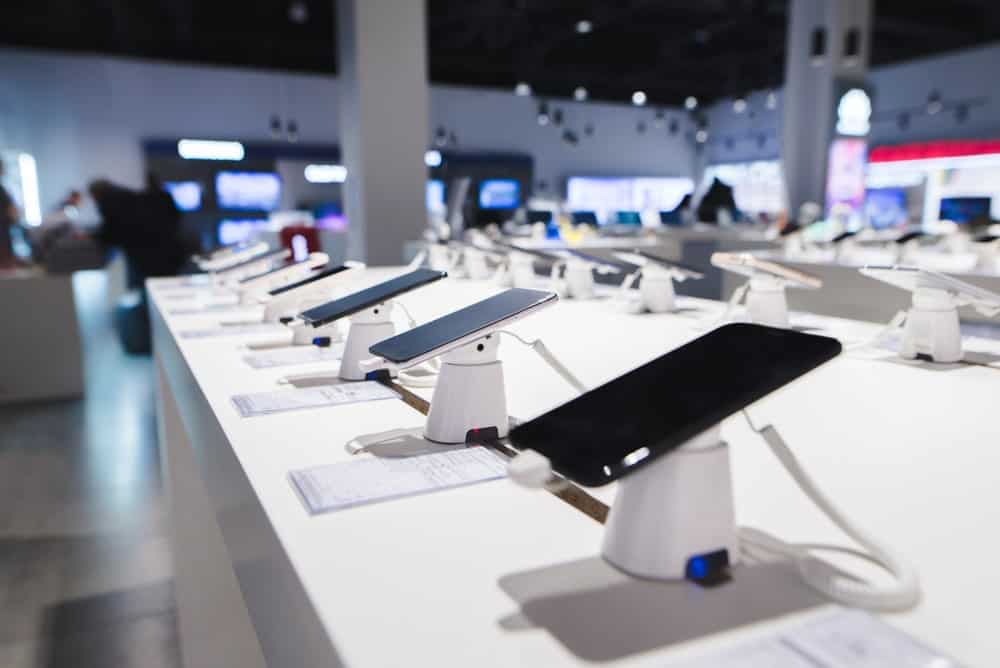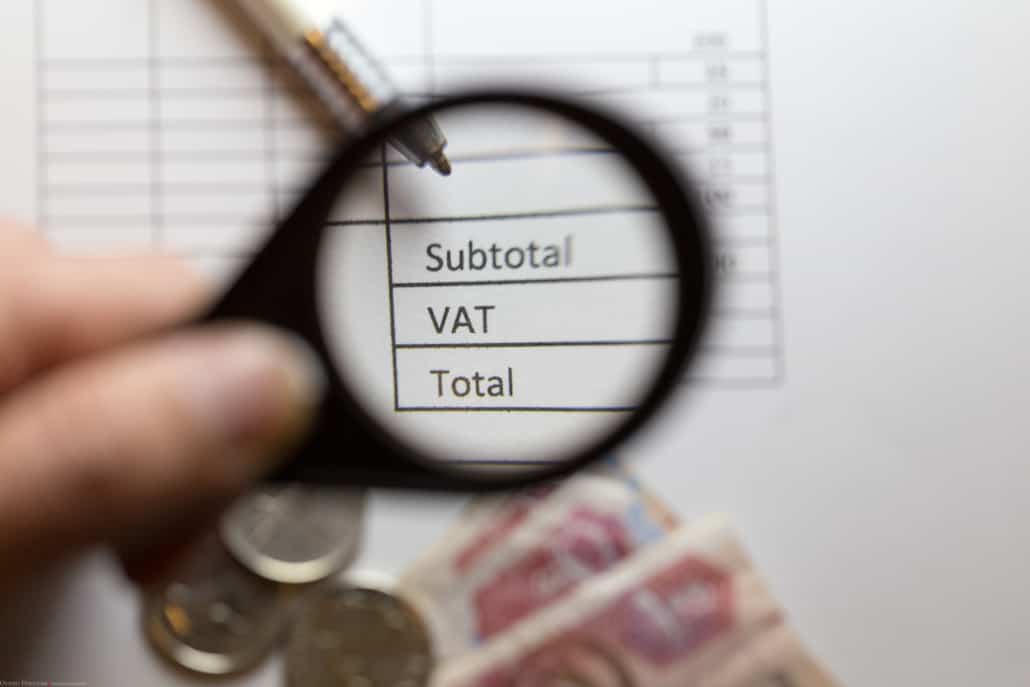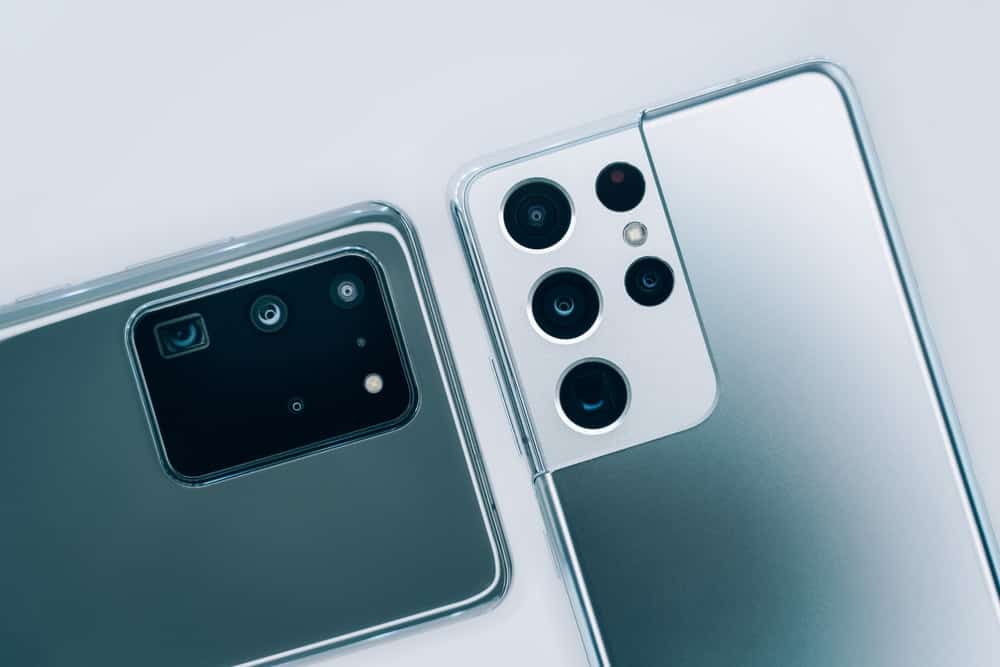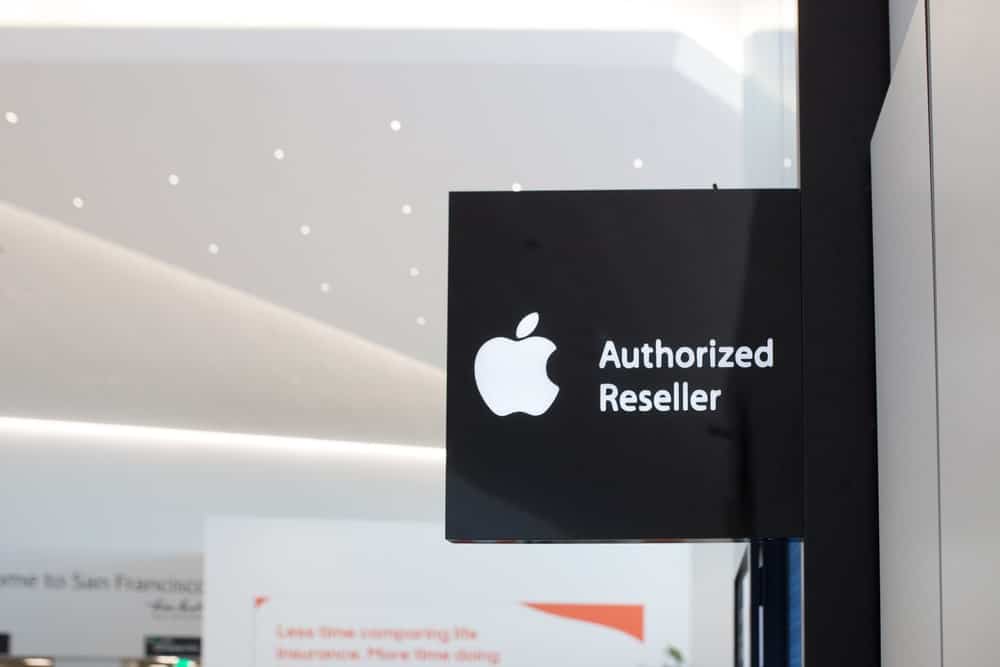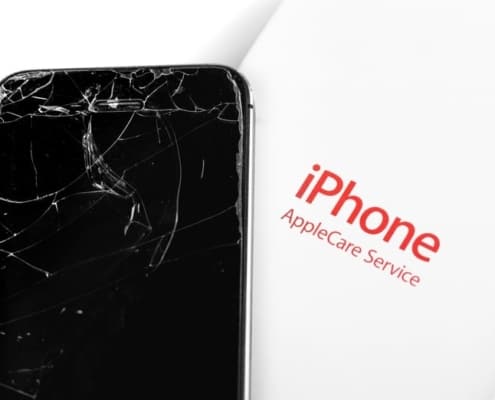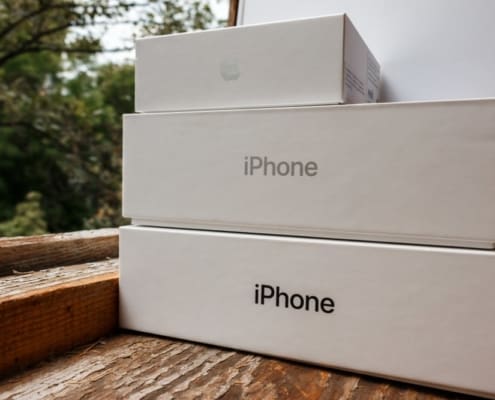European vs. U.S. Trade-In Market

Pre-owned smartphone resellers across geographies share certain advantages – they have a product in high demand that they can sell quickly at a healthy profit for far less than new phones. While those fundamentals stay the same across the globe, other market conditions vary locally. Understanding how international markets vary is important for device wholesalers to understand the pre-owned cell phone resale business as a whole, and where future opportunities lie.
In this blog, we’ll review the condition of the European market and highlight some recent developments showing how it may evolve. We’ll see that market fragmentation and low trade-in levels limit the current outlook for resellers, but that change is in the wind. Savvy operators will find this information helpful when positioning themselves to meet developing retail opportunities.
The European Market Is Large and Fragmented
The European smartphone market is larger than the U.S. market (470 million subscribers vs. 290 million) and far more fragmented. Instead of the three major carriers that dominate in the U.S., Europe has many small companies focused on single-country markets.
The result of this fragmentation is a lower level of per-capita telecom investment compared to the U.S. Slowing the rollout of advanced technologies like 5G that contribute to the smartphone upgrade cycle. Overall, the European market experiences more regulatory constraints and fragmentation compared to other regions.
The Case of the Missing European Trade-ins
A distinctive feature of the European market for used smartphone resellers is the low rate of trade-ins. In contrast to the U.S., where between 25 percent and 50 percent of new phone buyers trade in their phones, this rate is likely below 6 percent per year in Europe. This naturally reduces the supply of high-quality used phones in the European market.
A major reason for lower trade-in volume in Europe is that trade-in programs haven’t become mainstream among consumers or carriers. In the United States, every major carrier offers and promotes trade-in deals, and consumers are generally aware of the value they get from trading in their used phones. In Europe, carriers don’t generally offer or advertise this option.
The Outlook for the European Market Is Positive
The European market is poised for growth. Carriers were projected to sell 192.16 million smartphones by the close of 2021, and the overall European smartphone market is expected to grow to 862.5 million subscriptions by 2026.
Other recent developments point toward growth in trade-in programs. For example, Vodaphone has released a trade-in tool and has appointed a chief trade-in officer. Deutsche Telekom has also committed to a sustainable smartphone recycling program.
As countries continue to seek reductions in their carbon footprint, that pressure will likely motivate advances in carrier trade-in policies.
For pre-owned device resellers, understanding the market dynamics and growth prospects of the industry in Europe will help shape their long-term strategies.











